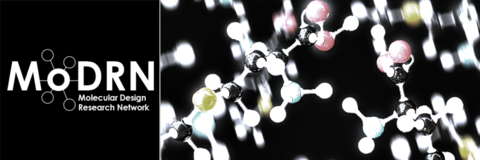Physicochemical Properties and Toxicology in Chemical Design Modules
Over 700 consumer products are introduced into the US market every year, but only approximately 85% of which are approved for manufacturing in spite of insufficient safety data. This is mainly due to the high cost associated with animal testing to generate toxicity data, and the necessity in developing a specialized set of protocol to evaluate the chemical comprehensively. As a result of this practice, consumers are left to bear the unknown, potentially harmful, factors from these new products until their hazards are realized. Sadly, many of these effects are not immediate, and thus the consequences are often unnoticed until a large quantity of the products have been released to the public and the environment. For this reason, there is an urgent need for a low-cost high throughput reliable screening approach to predict the toxicity of the chemicals during the early designing phase of the product – the in-silico approach.
With the rise in cost and increasing restrictions on animal testing in some countries, the in-silico approach make use of known chemical data to predict chemical properties and allow chemist to design a chemical that are much more likely to be toxic free for its purposes. Understanding parameters and how they influence ADME, for example, allow chemists to conduct the in-silico approach chemical design more efficiently. A chemist designing plasticizers for baby bottles may be able to prescreen candidate molecules and reject ones that are highly bioavailable.There are many chemical descriptors that can assist us in this work.
Video: Dr. Adelina Voutchkova-Kostal, Assistant Professor of Chemistry, The George Washington University
The following MoDRN:U Modules were developed that address physicochemical properties and toxicology in chemical design:
- Crossroads of Computational Chemistry and Toxicology
- Using ProTox
- ADME and Rational Chemical Design
- Model organisms: Zebrafish
This material is based upon work supported by the NSF Division of Chemistry and the Environmental Protection Agency under Grant No. 1339637.









